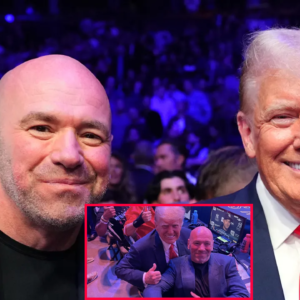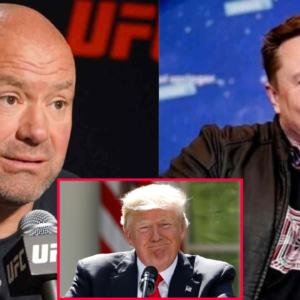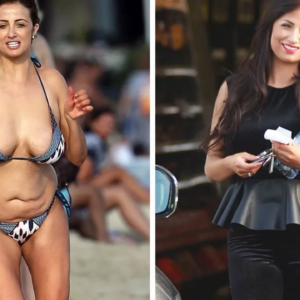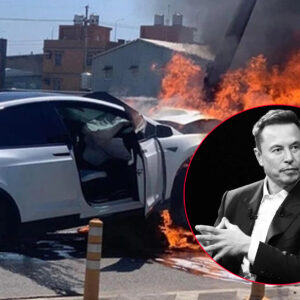ELON MUSK’S $30 TRILLION EMPIRE
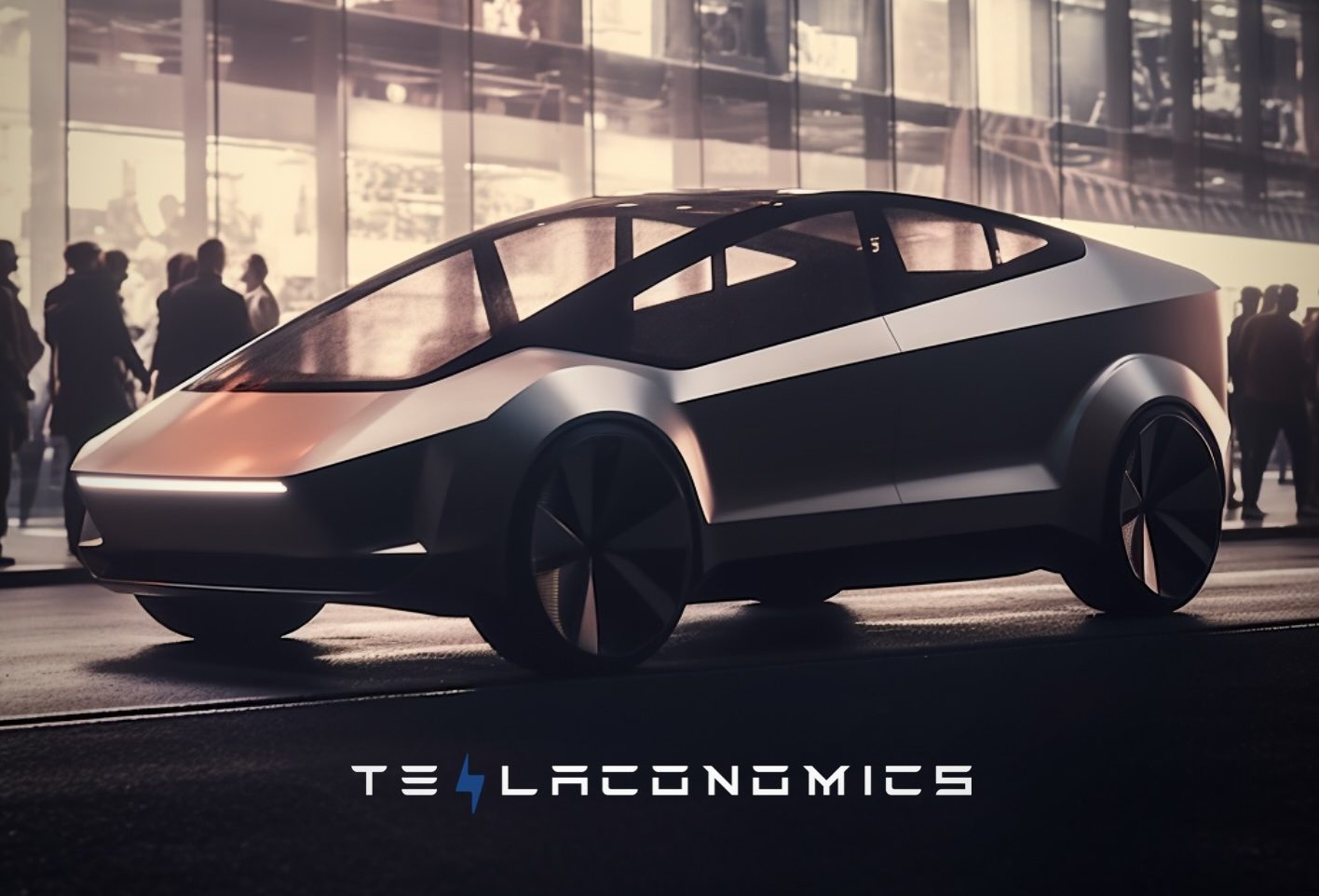
Leaving the world to chase after him in electric cars, Elon Musk claims to be on track to bring Tesla’s market cap to $30 trillion with two brand new products
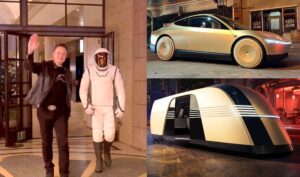
Elon Musk is dreaming of taking Tesla into a new era beyond electric cars.
Musk’s plan focuses on what he calls end-to-end artificial intelligence.
The plan is to feed Tesla’s AI systems with a series of videos from existing Teslas,
With the hope that algorithms running on the giant supercomputer will learn how to drive safely.
He hopes this will help Tesla deliver fully autonomous cars faster and cheaper than its competitors.
Current Tesla owners will get access to the new technology next year, and specially designed robot taxis will be ready by 2026.
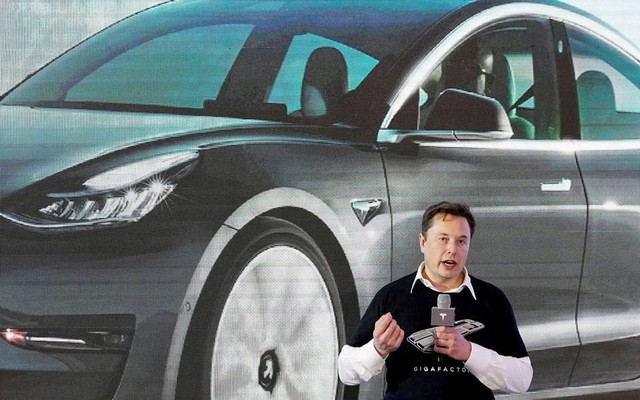
Musk’s dream of a breakthrough AI is in stark contrast to the approach taken by other companies pursuing autonomous vehicles. Waymo is an industry leader, currently operating commercial autonomous taxis and just announced a $5.6 billion funding round.

In the simplest terms, Musk’s vision for Tesla is of an AI system that learns by watching people drive.
Waymo and other companies are teaching their cars by correcting their mistakes as they drive themselves.
One of Musk’s defining characteristics is his ability to start with a goal in mind and work backwards to find the solution needed.
With self-driving technology, his goal is a system that is affordable enough to be installed in almost any vehicle.
Musk has said that robots and self-driving cars could push Tesla’s market value to at least $30 trillion.

Supporters of his plan point to the successes his companies have had by pushing the boundaries, such as the dramatic reduction in launch costs achieved at SpaceX, which now dominates the rocket business.
At Tesla’s robotaxi event this month, which debuted a sub-$30,000 Cybercab model that has no steering wheel or pedals, Musk joked, “I tend to be optimistic about the time frame.” He predicted production would begin “before 2027.”
On Tesla’s earnings call just days later, he confidently asserted that mass production would happen by 2026.
Musk and others who have worked on Tesla’s self-driving technology say the advantage of the technology is the vast amount of footage of actual driving captured by cameras built into all of the company’s vehicles,
including time spent using the company’s existing “Full Self-Driving (Supervised)” driver assistance software, often abbreviated as FSD.
Training Tesla’s AI with this passively recorded data requires a technique called imitation learning. In essence, to get any advantage from all this data,
Tesla’s AI must watch millions of hours of human driving and attempt to replicate their actions.
“It’s like living a million lives at once and seeing very unusual situations that a person would never see in their entire life,” Musk said at the robotaxi event.

